Xplore acquires Kubos and Major Tom software
Monday, 04 April 2022 20:52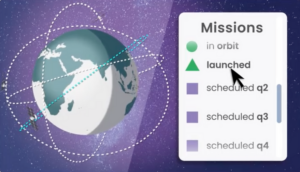
Xplore Inc. announced the acquisition April 4 of spacecraft software developer Kubos Corp. including Major Tom, Kubos’ flight control software platform.
The post Xplore acquires Kubos and Major Tom software appeared first on SpaceNews.
Space investors predict more acquisitions to combat hiring challenges
Monday, 04 April 2022 19:14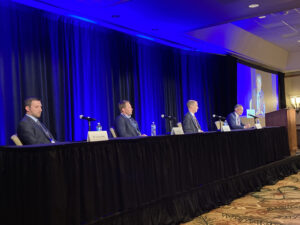
Hiring challenges in the space industry will lead to more acquisitions as way for companies to access talent and expand their workforces, investors said during an April 4 space finance session at the 37th Space Symposium.
NASA plans talks with partners on ISS and Artemis
Monday, 04 April 2022 18:06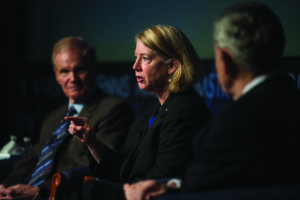
NASA Deputy Administrator Pam Melroy plans to use this week’s Space Symposium to meet with international partners on both the long-term future of the International Space Station and roles in later phases of NASA’s Artemis lunar exploration effort.
Millennium prepares for mass manufacturing
Monday, 04 April 2022 17:47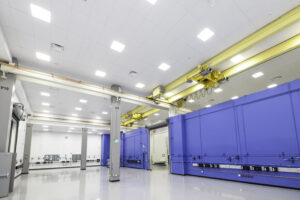
For the moment, Millennium Space System’s new small satellite factory looks like a series of huge rooms that are mostly empty except for powerful yellow cranes in the corners and impressive power strips lining the walls.
The post Millennium prepares for mass manufacturing appeared first on SpaceNews.
German environmental satellite EnMAP successfully launched into space
Monday, 04 April 2022 17:46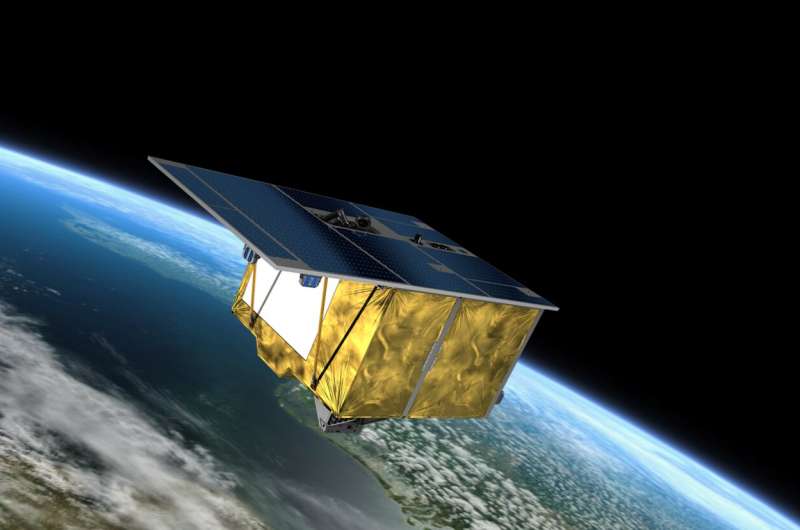
The German environmental satellite EnMAP was successfully launched into space on Friday evening from Cape Canaveral in Florida on board a SpaceX Falcon 9 rocket. The "science" team of the EnMAP mission at the German Research Centre for Geosciences Potsdam celebrated the exciting minutes before and during the launch with a diverse and informative event. Lectures, talks and live broadcasts gave an impression of the scientific background, many years of preparations and various current and future fields of application of the mission. Also joining the event was Potsdam's Lord Mayor Mike Schubert, who was equally excited and congratulated on the successful launch.
Over the next few years, the hyperspectral mission will take pictures of the Earth's surface in around 250 colors ("spectral bands") and thus provide information on the condition of vegetation, soils and waters more precisely than ever before. Even short-term changes can be recorded with the help of the satellite, which is about the size of a wardrobe.
Shake and bake: NASA's Psyche is tested in spacelike conditions
Monday, 04 April 2022 17:46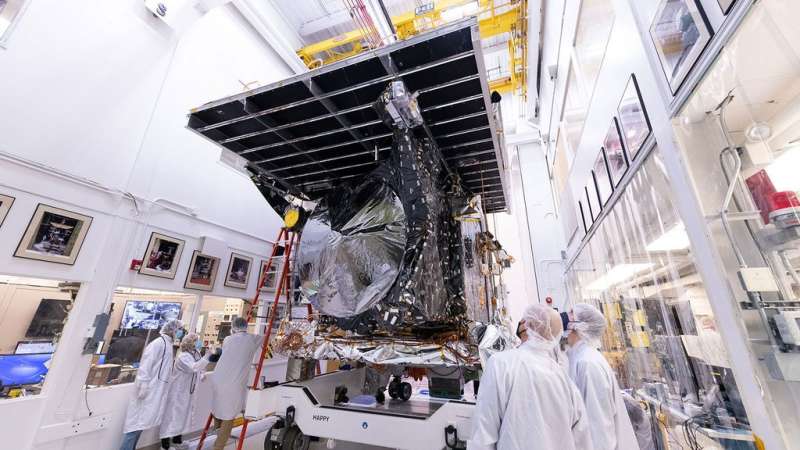
To prepare for its launch in August, the Psyche spacecraft has been tested to ensure it can operate in the extreme conditions it will face on its trip to a metal-rich asteroid.
The conditions that a NASA spacecraft endures are extreme: the violent shaking and cacophony of a rocket launch, the jolt of separating from the launch vehicle, the extreme temperature fluctuations in and out of the sun's rays, the unforgiving vacuum of space.
Before launch, engineers do their best to replicate these harsh conditions in a rigorous series of tests to ensure the spacecraft can withstand them. NASA's Psyche spacecraft has just completed its own gauntlet of electromagnetic, thermal-vacuum, vibration, shock, and acoustic testing at the agency's Jet Propulsion Laboratory in Southern California.
Millennium works with Boeing to address smallsat demand
Monday, 04 April 2022 17:45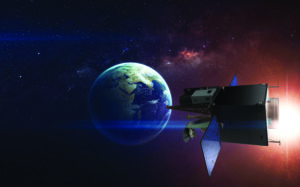
Millennium Space Systems is working closely with Boeing, its corporate parent, to gear up for rapid production of spacecraft for government and commercial constellations.
The post Millennium works with Boeing to address smallsat demand appeared first on SpaceNews.
Spaceborne Computer-2 completes 24 experiments on ISS
Monday, 04 April 2022 17:00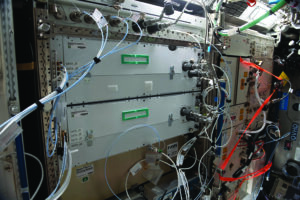
Hewlett Packard Enterprise, Microsoft and NASA will share details at the 37th Space Symposium on 24 research experiments completed to date on the International Space Station’s HPE Spaceborne Computer-2.
The post Spaceborne Computer-2 completes 24 experiments on ISS appeared first on SpaceNews.
NASA uses moonlight to improve satellite accuracy
Monday, 04 April 2022 15:50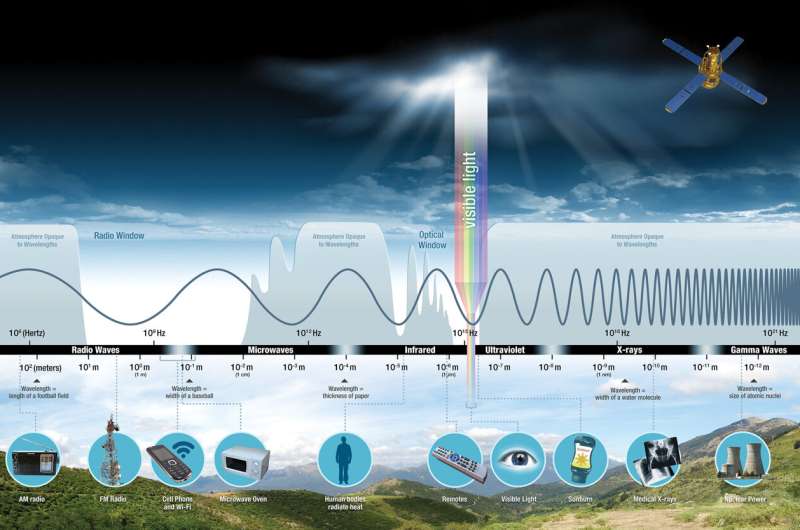
NASA's airborne Lunar Spectral Irradiance, or air-LUSI, flew aboard NASA's ER-2 aircraft from March 12 to 16 to accurately measure the amount of light reflected off the Moon. Reflected moonlight is a steady source of light that researchers are taking advantage of to improve the accuracy and consistency of measurements among Earth-observing satellites.
"The Moon is extremely stable and not influenced by factors on Earth like climate to any large degree. It becomes a very good calibration reference, an independent benchmark, by which we can set our instruments and see what's happening with our planet," said air-LUSI's principal investigator, Kevin Turpie, a research professor at the University of Maryland, College Park.
Space debris found in rural India likely from 'China rocket'
Monday, 04 April 2022 14:27A large metal ring and sphere that villagers in rural western India said fell from the sky over the weekend could be from a Chinese rocket launched into space last year, officials told local media.
The metal ring—reportedly two to three metres (6.5-10 feet) in diameter and weighing over 40 kilogrammes (90 pounds)—was discovered in a village field in Maharashtra state late on Saturday, district collector Ajay Gulhane told the Press Trust of India.
"We were preparing a community feast, when the sky blazed with the red disc which fell with a bang on an open plot in the village," an unnamed woman in Maharashtra's Chandrapur district told The Times of India.
"People ran to their home fearing (an) explosion and remained inside for nearly half an hour."
Another object—a large, metal ball around half a metre (1.5 feet) in diameter—fell in another village in the district, Gulhane told PTI.
"It has been collected for examination. We had sent (junior officials) to every village in the district to find if more parts of objects, if any, are lying scattered."
There were no reports of injuries or structural damage.
An Indian Space Research Organisation (ISRO) official told the Times that the timing of the objects' arrival was the "closest match" to the re-entry times on Saturday for debris from a Chinese rocket launched in February 2021.
Telesat adjusts polar satellite design to tackle supply issues
Monday, 04 April 2022 14:16
Telesat has upgraded a quarter of its planned low Earth orbit constellation as supply chain issues force it to consider ordering fewer satellites for the delayed broadband network.
The post Telesat adjusts polar satellite design to tackle supply issues appeared first on SpaceNews.
Op-ed | Assembling America’s Future in Space
Monday, 04 April 2022 14:14
From satellite refueling, to recycling of orbital debris, to increasing capability delivered on order through robotic manufacturing and assembly in space, in-space servicing, assembly, and manufacturing will transform space architectures and provide strategic and commercial advantages to those who lead in its development and implementation.
Op-ed | Russian aggression underscores need for greater U.S. space leadership
Monday, 04 April 2022 13:00
In light of Russia’s reckless behavior, which even endangered its cosmonauts aboard the International Space Station, the U.S. and European roles in space governance become more imperative.
The post Op-ed | Russian aggression underscores need for greater U.S.
Webb Telescope completes first multi-instrument alignment
Monday, 04 April 2022 12:19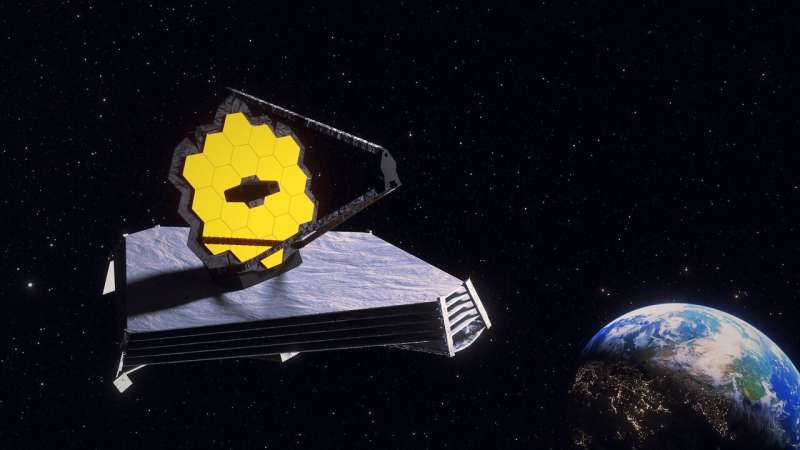
The sixth stage of aligning NASA's James Webb Space Telescope's mirrors to its scientific instruments so they will create the most accurate and focused images possible has concluded. While the Mid-Infrared Instrument (MIRI) continues its cooldown, optics teams have successfully aligned the rest of the observatory's onboard instruments to Webb's mirrors. Previous alignment efforts were so accurate that the team concluded no additional adjustments to the secondary mirror are necessary until the seventh and final stage, which will involve MIRI when it has fully cooled.
"As a general rule, the commissioning process starts with coarse corrections and then moves into fine corrections. The early secondary mirror coarse corrections, however, were so successful that the fine corrections in the first iteration of Phase Six were unnecessary," said Chanda Walker, Webb wavefront sensing and control scientist, Ball Aerospace. "This accomplishment was due to many years of planning and great teamwork among the wavefront sensing team."
Throughout the majority of the alignment process, Webb's 18 hexagonal mirrors and secondary mirror were focused into alignment to the Near-Infrared Camera (NIRCam) instrument only.
Download the free April issue of SpaceNews magazine
Monday, 04 April 2022 11:40
Download the free April issue of SpaceNews magazine
The post Download the free April issue of SpaceNews magazine appeared first on SpaceNews.

